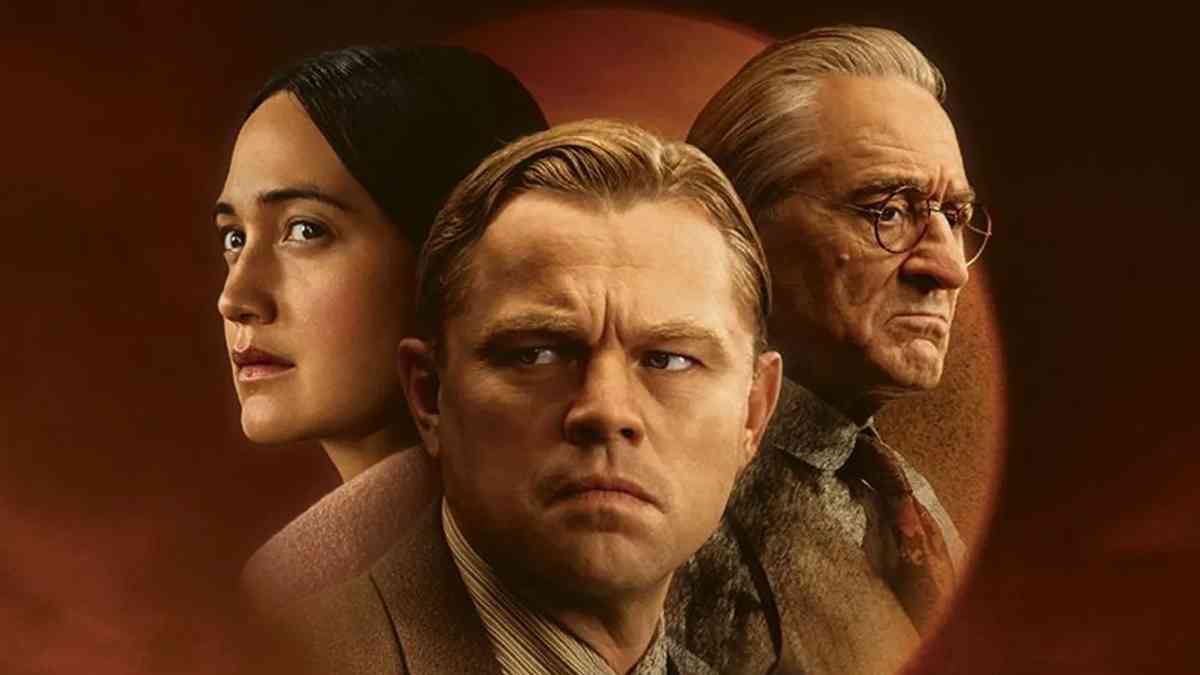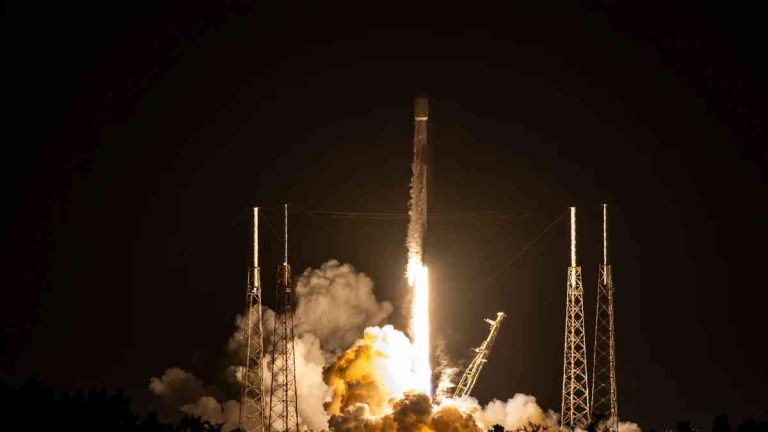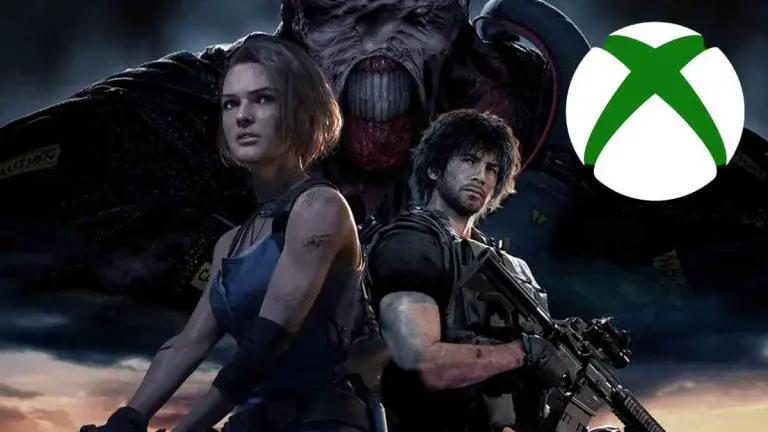In the vast breadth of Martin Scorsese’s “Killers of the Flower Moon,” the palpitation of a grim history beats, reverberating through a witching narrative of rapacity, treason, and murder. The film, grounded on David Grann’s hauntingly true crime book, delves into the Osage Murders and the birth of the F.B.I. against the background of the 1920s when oil painting wealth turned the Osage lineage into both the richest and most hunted people in the world.
The dichotomy of the white hat versus black, a familiar trope in Western films, takes a twisted turn in the relationship between Mollie (Lily Gladstone) and Ernest (Leonardo DiCaprio). As Ernest arrives in Fairfax, Oklahoma, wearing his World War I uniform, the stage is set for a tragic dance. Mollie’s gift of a Stetson, seemingly benign, unfolds as a symbol of benediction, challenging traditional narratives of good versus evil.
As oil riches flow, so does a malevolent force targeting the Osage. Congress intervenes with a law forcing the tribe to prove their competence in handling their wealth. This, however, becomes a tool to exploit them further, especially those like Mollie, marked as “incompetent.” The movie’s harrowing portrayal of this historical manipulation draws chilling parallels to our own struggles with power and wealth today.
Dialectical Filmmaking: A Symphony of Themes
In a cinematic masterpiece, Scorsese employs dialectical filmmaking to unravel the complex threads of the narrative. A pivotal moment comes when Mollie gifts Ernest the Stetson, a scene that serves as a microcosm of the film’s themes. The heartbeat of the soundtrack, the symbolism of the Stetson, and the pulsating bass line create an emotional crescendo, inviting the audience into the intricate layers of the story.
The heartbeat theme, accompanied by Robbie Robertson’s haunting music, becomes a character in itself. As Ernest, driven by unseen forces, reads from an old children’s primer titled “Lilly’s Wild Tales Among the Indians,” the heartbeat morphs into a symbol of impending doom. The juxtaposition of innocence and impending darkness paints a vivid picture of the Osage’s descent into tragedy.
Scorsese’s lens captures the essence of the Osage’s plight through meticulously crafted scenes. From Ernest’s ill-fated bet in a billiard parlor to the outdoor christening symbolizing hope amid chaos, each frame contributes to a visual symphony that echoes the heartbreak of a nation. The twinkle, now a constant companion, underscores the grim march of time and fate.
As we immerse ourselves in this literal drama, it’s insolvable not to draw parallels to our contemporary struggles. The exploitation of wealth, the manipulation of power, and the systemic oppression of the Osage find echoes in moment’s societal challenges.” Killers of the Flower Moon” becomes a glass reflecting the cyclical nature of mortal rapacity and its ruinous consequences.
Incorporating current news information, it’s clear that the film’s themes reverberate with the moment’s world. The struggle for justice, the fight against systemic exploitation, and the need for societal soul-searching are as applicable now as they were in the 1920s. The Golden Globes Speech and the anticipation around show times and trailers only amplify the urgency of addressing these issues.
Trailers and Show times
The expectation for “Killers of the Flower Moon” grows with every caravan release and reveal of the film’s premiere date. A film adventure that pushes us to face hard realities while both entertaining and educating audiences is highly anticipated. The film’s relevance highlights the importance of narrative in promoting empathy and understanding in a society where there are a lot of distractions.
Navigating the Reviews
As reviews trickle in, dissecting the film’s impact becomes crucial. Analyzing the Golden Globes Speech, critics’ takes on the narrative, and audience reactions provide a multifaceted perspective. The convergence of opinions adds depth to our understanding of the film’s societal commentary, urging us to engage in meaningful conversations about justice, history, and the human condition.
A Heartbeat’s Echoes Across Time
The heartbeat endures in “Killers of the Flower Moon,” serving as a constant reminder of history’s unrelenting advance. Together with the real-life tragedies shown, Scorsese’s masterful filmmaking transports us to a faraway yet eerily familiar world. Let the movie act as a thought-provoking stimulus as we wait for its premiere, forcing us to face the echo of a heartbeat that resonates beyond time.






















+ There are no comments
Add yours